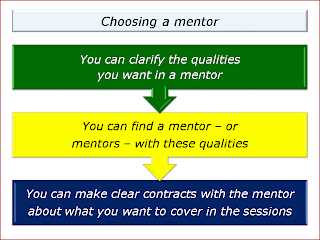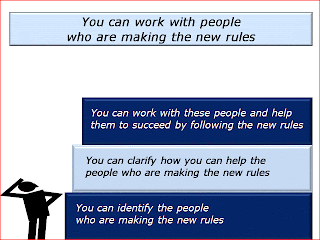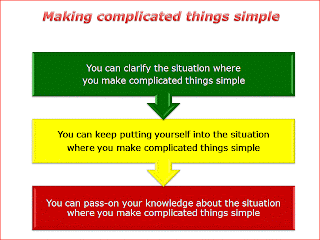3 tips for getting the right people implementing the right strategy in the right way

Super teams have a core leadership team that set the overall direction. They clarify ‘What’ they want the team to achieve, ‘Why’ they want to achieve it and ‘How’ they will reach the goals. They then get the right people implementing the right strategy in the right way. Let’s explore these three themes.
1) You can get the right people.
Imagine you are a leader. Looking at your team, to what extent do you believe you have got the right people? Rate this on a scale 0 – 10. Imagine you were starting again with a blank piece of paper. Which people would you re-hire? What would you hire each of them to deliver? People make the difference. They must all have the right attitude, ability and application to do good work. “But it is so difficult to get right people,” somebody may say. Maybe, but just try the alternative: it is even more difficult working with the wrong people. Try completing the following sentence.
The specific things we can do to make sure
we get the right people in the team are:
*
*
*
2) You can implement the right strategy.
Good leaders keep people’s eyes on the goal and strategy. They make sure everybody knows the overall game plan by saying something like:
“Here are the key strategies we will follow to reach the goal. Several points are crucial. First, make sure that whatever you do follows these principles. Second, you will be given freedom within these parameters to deliver results. Third, make clear contracts with your manager and colleagues. People must know each person’s contribution to achieving the goals. Finally, whenever there are conflicts, try to find ‘win-win’ solutions. When in doubt, go for the solution that is best for the whole team. Keep following the key strategies to reach the goals.”
Looking at your team, to what extent do you believe they are implementing the correct strategy? Rate this on a scale 0 – 10. Then complete the following sentence.
The specific things we can do to make sure
we are implementing the right strategy are:
*
*
*
3) You can ensure that people implement the strategy in the right way.
Super teams deliver. How can you make this happen? First, make sure that people have the practical and emotional support they need to do the job. Second, hold monthly update sessions where they present: a) The things we have done in the last month towards achieving the goals; b) The things we plan to do in the next month. Third, make the tough decisions required to ensure that people keep on track. Looking at your team, to what extent do you believe they are implementing the strategy in the right way? Rate this on a scale 0 – 10. Then complete the following sentence.
The specific things we can do to make sure we
implement the strategy in the right way are:
*
*
*
Super teams do the right things in the right way every day. Building on these good habits, their people then do everything possible to deliver great results.
Labels: teamwork




















